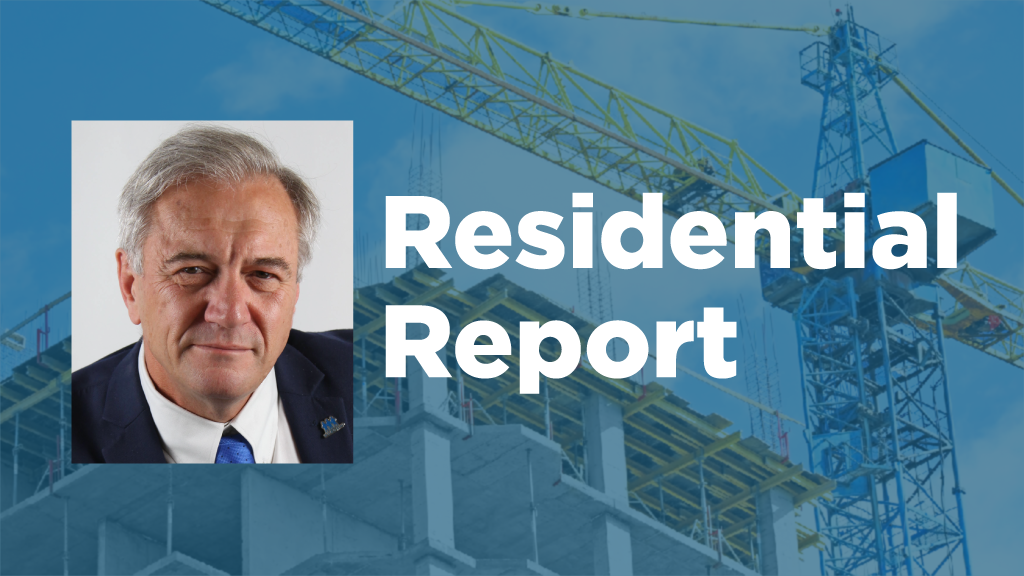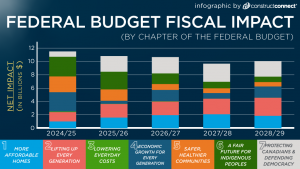Let me debunk a couple of myths that are circulating regarding our housing supply and affordability crisis.
Some municipalities have the idea that bringing in a use-it-or-lose-it (UILI) policy would encourage developers and builders to forge ahead with new housing projects. There’s also a perception that industry stakeholders are sitting on large swaths of land that is primed for housing.
To be clear, neither assertion is true.
The UILI proposal would give municipalities the power to withdraw infrastructure allocations for housing projects that have been granted building permits but where construction has not been started within a certain period of time, the premise being that it would compel housing to be built faster.
However, for a number of reasons, removing this fail-safe device for market shocks has the potential, in fact, to actually deter the construction of new housing which could have disastrous economic implications. It has been soundly debunked by a consultant that studied the situation.
We’d be better off focusing on streamlining the development approvals process by digitizing systems and eliminating unnecessary red tape. Implementing a UILI policy would just penalize housing projects. It would be premature to take such a step as it will lead to negative outcomes.
Altus Group Economic Consulting recently did a report for the Federation of Rental-housing Providers of Ontario that analyzed the potential impact a potential UILI policy could have on housing supply. The findings back up the premise that having land on hand is a key component for continuity of business of a homebuilder as it acts as a cushion for economic shocks.
Stakeholders must have ample land available as they can’t just repeatedly stop and wait for regulatory approvals on new properties to restart their businesses. Having the land available means they are ready to build after a project winds its way through the lengthy approvals process.
If you’re building a company, for example, you’re not just planning for next year’s production. You want to make sure that you’ve got at least a pipeline of development going and you can plan for that.
Bottom line?
A UILI policy cannot change economic factors that regulate homebuilding, such as a lack of sales or high costs and could create significant and serious risks to both the industry and wider economy. After all, there’s no point in building homes that consumers can’t afford. It would only make projects riskier to finance, lead to higher costs to homebuyers and create more uncertainty.
Such a policy would also create immense amounts of ill‐will between participants in the development application process and could lead to more litigation.
Meanwhile, financial implications of a UILI policy would impact homebuilders — and by extension new homebuyers. Municipal finances could be hit through a decrease in parkland dedication and other contributions.
In the U.K., a report by the Competition and Markets Authority concluded land banking hasn’t caused the housing shortage but is more a symptom of the planning system and speculative development.
From a builder’s perspective, it makes no sense to proceed with a project that is going to lose money. Penalizing a developer by taking away significant financial value of a property if a project does not proceed, is a recipe for failure. Future projects would only be risker to finance.
Here’s a better idea.
The federal government and crown agencies have myriad parcels of land available that could be used for new housing. It makes sense to free up that land so new housing can be built.
The federal government, for one, is looking at reforms on how to better leverage federal lands. The National Housing Strategy provides low-cost loans for developers to build new housing, but less precious little surplus lands and buildings are provided to developers at a discount.
The amount of land available for housing has been overstated. The Regional Planning Commissioners of Ontario (RPCO) exaggerated the number of lots that are ready for construction by nearly one million housing units, a study done by a consultancy firm found recently.
There are presently 331,600 shovel-ready lots available in Ontario, well shy of the 1.25-million figure cited by the RPCO. Many units factored into the equation by RPCO were not ready for construction.
We need to face up to the problem by reducing the bureaucracy, red tape and exorbitant fees, taxes and charges that are imposed on new housing – not penalize developers and builders.
Richard Lyall is president of the Residential Construction Council of Ontario (RESCON). He has represented the building industry in Ontario since 1991. Contact him at media@rescon.com.











Recent Comments